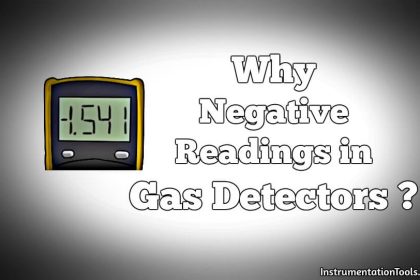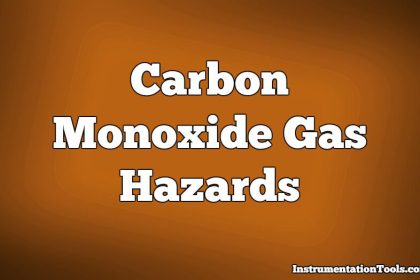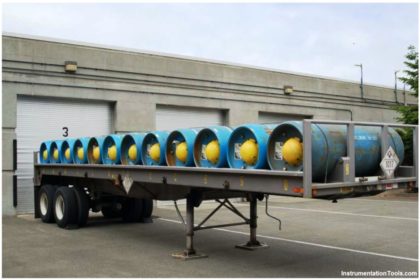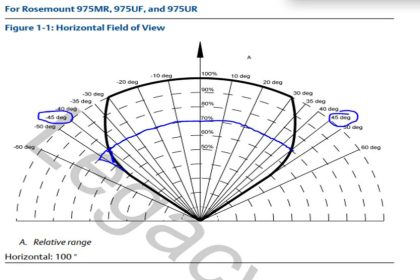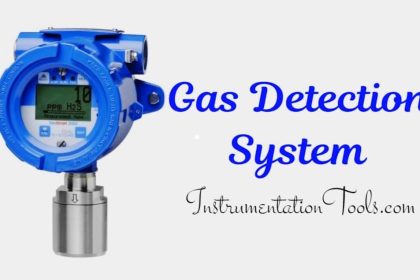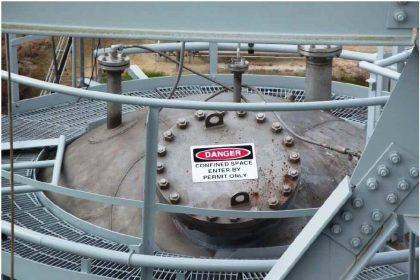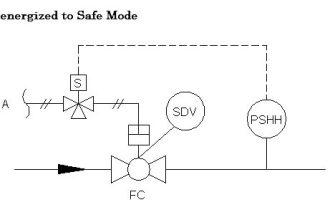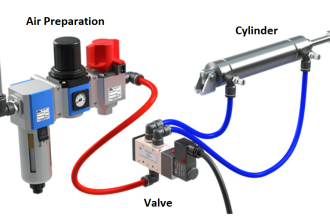Fire detectors are designed to respond at an early stage to one more of the four major characteristics of combustion, heat, smoke, flame or gas.
No single type of detector is suitable for all types of premises or fires. Detectors should be chosen for the best response to the effects of fires, as well the need to minimise unwanted false alarm activations.
Detectors should be located where the early stages of fire will be detected, and ensure they are placed at regular intervals on the ceiling. The issue of unwanted fire alarm activations from environmental conditions must also be considered.
Heat detectors
Heat detectors respond to the temperature rise associated with a fire.
A fixed temperature heat detector is designed to operate when the temperature at the detector exceeds a predetermined value. A rate of rise detector is designed to operate when the rate of temperature rise at the detector exceeds a predetermined value.
Smoke detectors should be preferred to heat detectors where detection of visible smoke or smouldering fire is required. Rate of rise detectors should be avoided where rapid temperature fluctuations are expected.
Ionisation Smoke detectors
Ionisation smoke detectors respond to very small smoke particles a wide range of responses. They are most sensitive to hot fast burning fires, and less sensitive to slow smouldering fires. Don’t locate them near locations subject to high air velocity.
Photo electric smoke detectors
Photo-electric smoke detectors measure the scattered light from smoke particles. They are most sensitive to larger, cooler, smoke particles typical of smouldering fires such as plastics. Don’t locate in area’s subject to steam to prevent unwanted false alarms Often called optical or photo-optical detectors.
Linear beam smoke detectors
Linear beam smoke detectors measure the reduction of intensity of a beam of light due to the presence of smoke particles. They have broad response to a wide range of smoke types, and are particularly useful for detection applications in large spaces. Require careful installation.
Aspirated smoke detectors
Aspiring-type systems are more effective in detecting smoke than point type detectors in many applications. The sensitivity of the actual ‘sampling points’ is dependent on the sensing chamber sensitivity and the design of the aspiring pipe network.
Physical or electronic filtration of the air drawn through the sensing chamber and processing of the output signals has been shower to reduce spurious alarms caused by pollution, smoking and dust particles.
Carbon Monoxide (CO) fire detectors
CO fire detectors respond to the presence of carbon monoxide (CO) in fires involving carbon based materials. CO is produced due to incomplete combustion during smouldering or slow burning fires. Not suitable for the detection of slow burning fires. Currently should not be used as a sole detector for early warning, but used in combination with other early warning detectors as part of a fire engineering design. Ongoing tests are being carried out to improve these type of detectors.
Combination( multi-criteria ) detectors
These type of detectors are available as part of an analogue addressable fire alarm system. They vary of the type of combination, and can involve up to 4 separate sensing elements, such as CO, Infra- Red Sensing, Optical and Heat detection.
The integration of continual monitoring of all the major elements of a fire allows a quick response to any fire and the reduction of nuisance alarm activations (false alarms)
Location of Detectors
The location of smoke detectors should take into consideration areas where false operation or no-operation is likely.
Some typical locations where the use of smoke detectors should be carefully evaluated are as follows:
(a) In the vicinity of certain materials, such as polyvinyl chloride (PVC), which when smouldering produce mainly large particles to which optical detectors are more responsive.
(b) Areas where gases may be present from exhausts and normal manufacturing processes.
(c) Kitchens and other areas subject to cooking fumes. Photoelectric detectors are more suitable for these areas, however not in the actual kitchen.
(d) Near openings, such as doors, windows, or other inlets, where the introduction of outside industrial gases or products of combustion may be possible.
(e) Areas where the detector is subject to movement and excessive vibration in particular where beam detectors are used.
(f) Dusty areas or in areas where particulate matter, such as aerosols, could enter the detector.
(g) In areas subject to high velocity air currents, a sampling type detection system may be more suitable.
(h) In areas where high concentrations of tobacco smoke are expected, ionization detectors are less susceptible to false operation.
(i) In areas where steam or condensation vapour is expected, ionization detectors are less susceptible to false operation.
